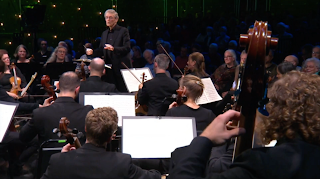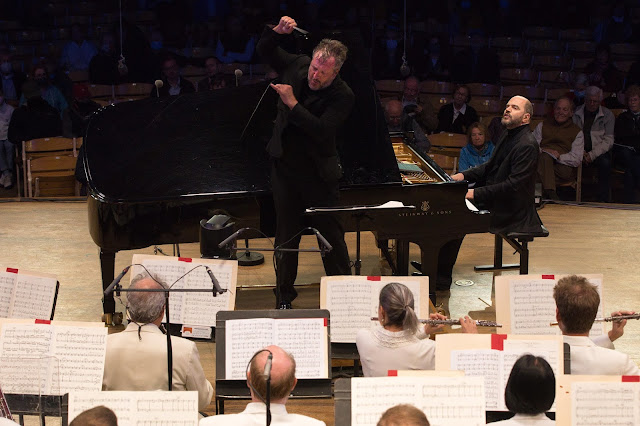H+H’s Jonathan Cohen and the art of musical reenactment

Jonathan Cohen conducts the Handel and Haydn Society in Handel's Messiah. Photo: Robert Torres Jonathan Cohen is a busy conductor. When he’s not leading the Handel and Haydn Society, he keeps musically active with European ensembles and festivals. From April through late July, he conducted the Orchestra of the Age of Enlightenment in rehearsals and performances of Handel’s oratorio Saul for the Glyndebourne Festival . The opera-style reimagining, which included staging by Barrie Kosky , proved another triumph for the 47-year-old conductor. The Guardian conveyed what has become the essence of Cohen’s approach to such repertoire: the performance, its critic reported, revealed the score's unsettling urgency. On August 1, Cohen was back in Boston. I met him at H+H’s offices on Harcourt Street to discuss the coming season. Chief among his priorities was to bring the summer’s magic to local audiences this fall. “I wanted to bring some of that energy and love for [ Saul ] o...


.jpg)


